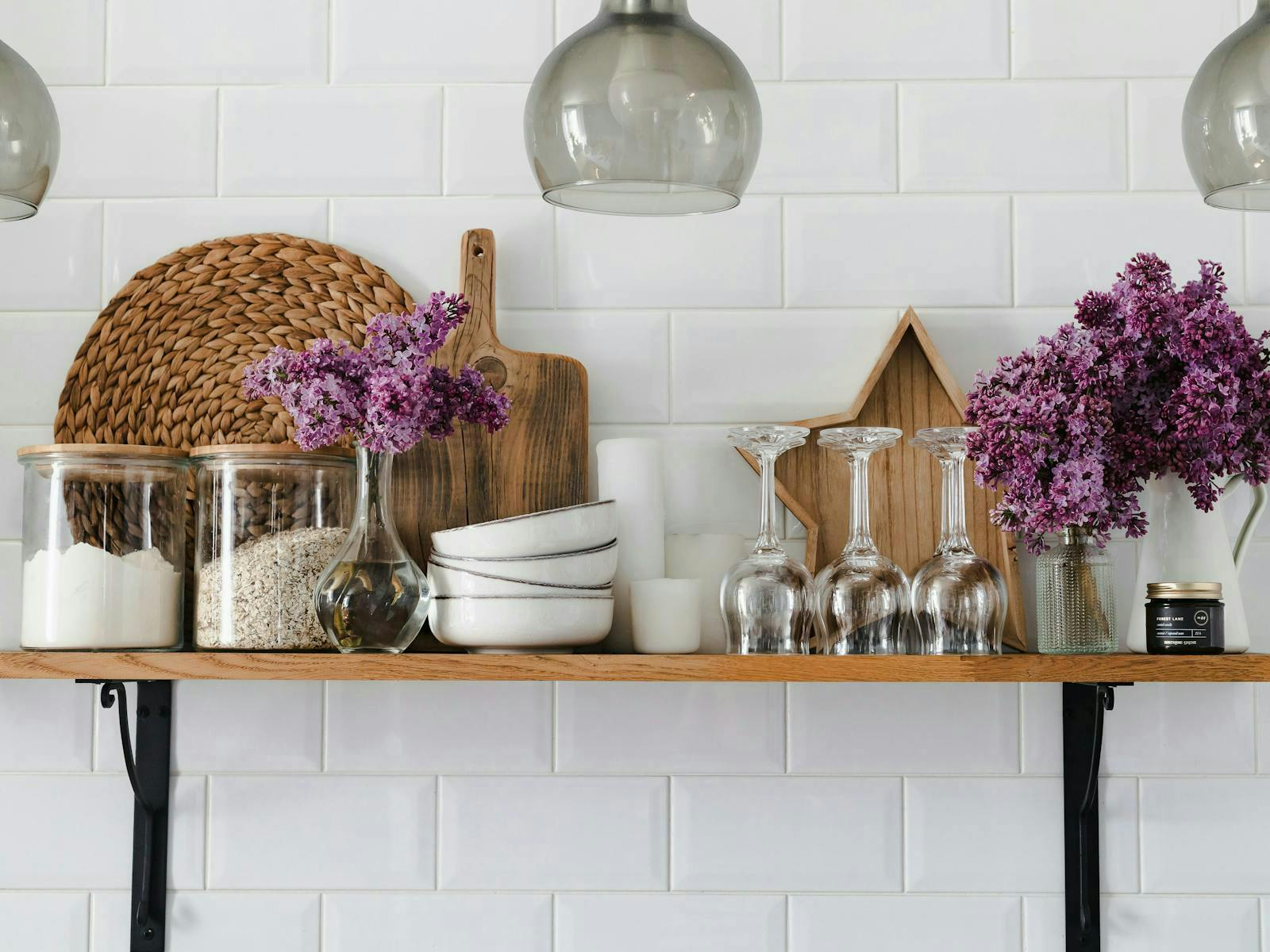
Types of shelf brackets: buying guide
Used to store everything from books and trinkets to professional tools, shelving systems are a must in most commercial and residential buildings. Once you’ve selected the right shelf boards for the job, how do you choose from the various types of shelving brackets available?
Safety, functionality, and design are key considerations, with safety of course being the first priority. Take advice from the experts at IronmongeryDirect in this handy guide, where we define a wide variety of shelf bracket types, and discuss factors like size and load, too.
If you’re searching for the ideal shelf bracket for your project, our collection features various types from leading brands such as Altro and Olde Forge.
Shelf bracket designs
Bracket design might be important for your project because you’re working with limited space, the shelves need to match a particular aesthetic, or the bracket will have extra functions, for example, if they’ll also be used to hang flower baskets.
Here are some of the most common bracket designs you’ll come across, alongside specialist parts with more unique use cases.
L-shape shelf brackets
Likely the image that comes to mind when you think of a shelf bracket, though lots of different styles can sit within this umbrella term. They’re often made of metal and consist of one or more pieces of hardware, bent or fused to create a 90° angle.
Floating shelf brackets
Designed to create the illusion that shelves are floating independently, these brackets are generally concealed within the body of the shelf to allow for load bearing with a clean finish. Our installation guide can help you fit them if you need a helping hand.
Undermount shelf brackets
Like floating shelf brackets, undermount hardware makes it appear as though a shelf is staying up of its own accord. Wide and slim bracket panels run along the underside, from the back of the shelf, where it is attached to the wall towards the front.
Corner shelf brackets
Also called angle shelf brackets, corner brackets do what it says on the tin; they allow you to affix a shelf to the corner of a wall. You’ll see a lot of floating corner hardware (again, where the bracket is hidden from view); some with a small lip running along the underside of the shelf, and some with a large, triangular undermount.
Folding shelf brackets
Featuring hinges, these brackets can be folded flat when not in use; just what’s needed in environments where saving space is key. Think attics, workshops and garages.
Decorative shelf brackets
A catch-all label for shelf brackets that are made to get the job done, but also to match a certain décor. Usually a feature of residential properties, there are a few popular styles that crop up regularly.
Curly & scroll shelf brackets
Even if you aren’t aware of their roots in Victorian ironmongery and architecture, curly and scroll shelf brackets will likely give you a sense of nostalgia anyway. During Victoria’s reign and beyond, ornate designs like these would have been seen throughout streets, railways stations and adorning buildings across the country.
Pipe shelf brackets
Perhaps the most self-explanatory item on our list, pipe shelf brackets look like vintage piping and are at home among industrial-esque and reclaimed décor. These can lend extra personality to shelves made from raw or untreated materials.
They sometimes come in a set of two with a bar joining them, for extra railing storage.
Scaffold-board shelf brackets
Scaffold-board shelf brackets might be L-shaped, with the wall-affixed length extending vertically above or below the shelf, or they can also be undermount. The key feature of this style is the lip that curves around the front of the shelf, from the underside.
Brackets like these are traditionally used in construction settings, but also in interior design, thanks to their rustic and industrial appearance.
Centre-stay brackets
Whether they’re chosen for function or flair, brackets with a centre stay (the bar connecting one side of the L-shape to the other end) can draw more attention than basic designs. That’s why they’re in our ‘decorative’ section.
Sometimes a centre stay will be identical to the other two sides of the bracket, for a neat, triangular aesthetic, while others will be curved inwards or outwards, or left open to hang baskets on.
Slotted shelf brackets
Consisting of uprights and specially designed brackets that slot into them, slotted hardware comes in single-slot and twin-slot varieties. They tend to be very strong, and they’re handy when what you need to store changes regularly, as you can adjust the space available between shelves.
Shelf bracket sizing
An important factor to consider when installing shelving is making sure you have the correct size bracket, and this size is dependent on the other elements of your shelving system.
Shelf bracket load considerations
Even though choosing the correct size of shelf bracket is extremely important, choosing a bracket with the correct load-bearing capabilities that you need it for goes hand in hand with this.
Shelf brackets will be manufactured from certain materials and have specific design features that will give you an idea of what kind of load-bearing capacity is has.
An alternative to shelf brackets
When you need lots of functional, heavy-duty shelving and the turnaround time is tight, racking can be a great solution. Ideal for storage in commercial environments like warehouses, or for home organisation in garages or sheds.
Now that you have the exact type of shelf bracket you need, it’s time to install it. A key component in many installation jobs is the wall plug, and if you’re looking for a bit of guidance on how to use them, the experts at IronmongeryDirect can help with our step-by-step guide.
